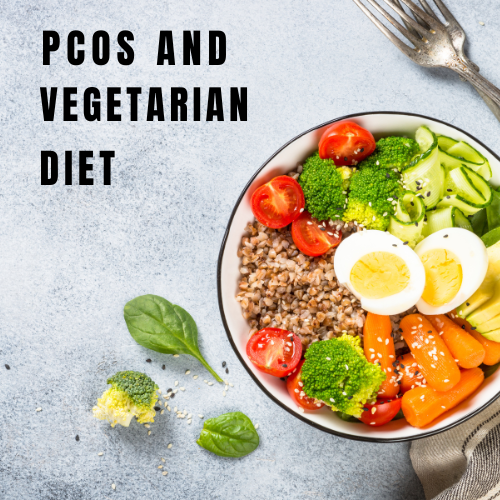Healthy Diet for Skinny Fat: A Complete Guide to Recomposition
It is a common problem that many people experience, called being healthy diet for skinny fat. That is, the individual might be wearing slim clothes but has an increased body fat percentage and decreased muscle mass. If you experience this kind of situation, the best news is that it is possible to alter your body composition. The correct strategy marries good diet, exercise, and lifestyle modification. This piece addresses the cornerstone: good nutrition in skinny-fat individuals.
Understanding the Skinny Fat Condition
What Does It Mean to Be Skinny Fat?
Being skinny fat is having a regular or below-average body weight with insufficient muscle tone and too much fat, particularly around the midsection. This is generally attributed to unhealthy eating, lack of physical activity, or emphasizing cardio over strength training. Although it may not appear to be an issue at first glance, this body type can be a cause for metabolic problems, endocrine disorders, and overall long-term health concerns if not addressed.
That is where a healthy diet for skinny fat comes into play.
The Foundation of a Healthy Diet for Skinny Fat
1. Prioritize Protein
The most essential macronutrient for building muscle and burning fat is protein. It repairs and grows muscle, increases metabolism, and makes you feel full for longer. It is best to consume 1.0 to 1.2 grams of protein per pound of body weight.
Some examples of foods high in protein are:
- Lean chicken breast
- Turkey
- Eggs
- Greek yogurt
- Lentils and beans
- Fish and seafood
A healthy diet for skinny-fat people must center around quality protein at every meal to support lean muscle development.
2. Choose Complex Carbohydrates
Contrary to many myths, carbohydrates are not the enemy. Complex carbs provide sustained energy for workouts and help with recovery. The key is to focus on whole, unprocessed carbs.
Great choices include:
- Oats
- Brown rice
- Quinoa
- Sweet potatoes
- Vegetables
- Whole wheat pasta
When preparing a healthy skinny-fat diet, incorporate complex carbs in measured amounts. Steer clear of sugary and processed foods that will elevate blood sugar and facilitate fat storage.
3. Healthy Fats Matter
Fats sustain hormone balance, particularly testosterone and estrogen, which are involved in fat distribution and muscle growth. Avocados, nuts, seeds, olive oil, and fatty fish such as salmon ought to be included in your regimen.
Avoid the low-fat trap. Skinnier individuals who are skinny fat need all three macronutrients: protein, carbohydrates, and fats.
Additional Tips for Skinny Fat Transformation
Practice Meal Timing
Having an even distribution of meals throughout the day regulates energy intake and enhances muscle protein synthesis. Eat every 3 to 4 hours and ensure every meal contains protein.
Hydration Is Essential
Drinking sufficient water helps with digestion, absorption of nutrients, and overall metabolic function. Drink a minimum of 2 to 3 liters of water per day.
Limit Processed Foods
Processed snacks, fast food, and sweetened drinks lead to fat accumulation and muscle loss. Instead, substitute them with whole foods that feed your body. Consistency in food quality is key to a healthy diet for skinny fat transformation.
Sample Meal Plan for a Healthy Diet for Skinny Fat
Breakfast:
- Scrambled eggs with spinach
- Oatmeal with berries and almonds
Lunch:
- Grilled chicken breast
- Quinoa salad with vegetables
- Olive oil dressing
Snack:
- Greek yogurt with flaxseeds
Dinner:
- Baked salmon
- Sweet potato
- Steamed broccoli
This sample meal plan demonstrates how a skinny-fat person can maintain a healthy diet that is also filling.
Combine Diet with Strength Training
Nutrition by itself won’t fix the skinny-fat problem. To notice actual changes, pair your healthy skinny-fat diet with strength training. Weightlifting promotes building muscle mass and decreasing body fat, which enhances body composition long-term.
Emphasize full-body workouts that involve compound exercises such as squats, deadlifts, push-ups, and rows. Three to four times a week, in addition to your changes in diet, can result in strong effects.
Final Thoughts
Transforming a skinny-fat body takes time and dedication, but it is entirely possible with the right approach. A healthy diet for skinny fat goals should focus on building muscle, controlling fat gain, and supporting your overall health.
Stay consistent, focus on real food, and train smart. With patience and the right strategy, your body can shift from skinny fat to lean and strong.
Keep in mind that healthy skinny fat success dieting is not about restriction. It’s about powering your body with intention, eating to do, and creating a base that allows for long-term wellness and health.






